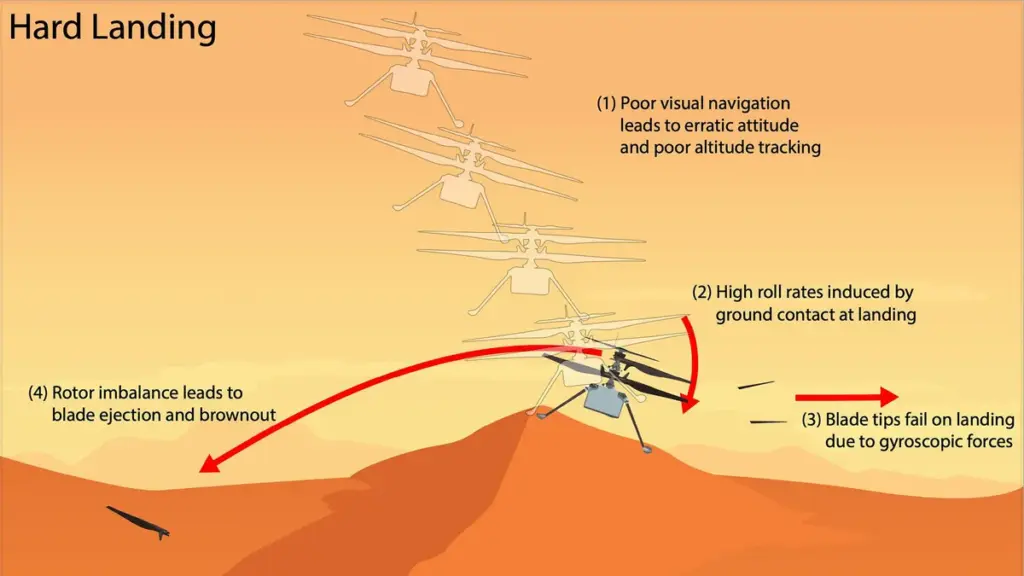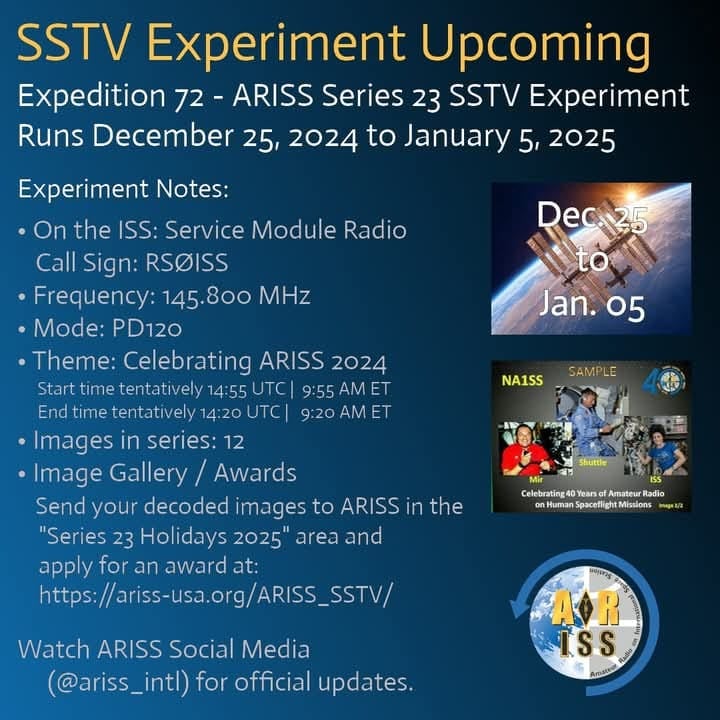In this edition:
* India Launches SpaDeX Satellites with Amateur Radio Experiment
* Parker Solar Probe Achieves Closest-Ever Approach to the Sun
* 3D-Printed Helicone Antenna Tested for L-Band Weather Satellites
* Cold War Mystery: Why Did Jimmy Carter Save the Space Shuttle?
* Changes to AMSAT-NA TLE Distribution for January 10, 2025
* ARISS News
* Upcoming Satellite Operations
* AMSAT Ambassador Activities
* Satellite Shorts From All Over
The AMSAT News Service bulletins are a free, weekly news and information service of AMSAT, the Radio Amateur Satellite Corporation. ANS publishes news related to Amateur Radio in Space including reports on the activities of a worldwide group of Amateur Radio operators who share an active interest in designing, building, launching and communicating through analog and digital Amateur Radio satellites.
The news feed on https://www.amsat.org publishes news of Amateur Radio in Space as soon as our volunteers can post it.
Please send any amateur satellite news or reports to: ans-editor [at] amsat.org
You can sign up for free e-mail delivery of the AMSAT News Service Bulletins via the ANS List; to join this list see: https://mailman.amsat.org/postorius/lists/ans.amsat.org/
ANS-012 AMSAT News Service Weekly Bulletins
To: All RADIO AMATEURS
From: Radio Amateur Satellite Corporation
712 H Street NE, Suite 1653
Washington, DC 20002
DATE 2025 Jan 12
India Launches SpaDeX Satellites with Amateur Radio Experiment
India has launched the SpaDeX mission, designed to perform the country’s first autonomous docking experiment in space. A Polar Satellite Launch Vehicle (PSLV-C60) carried two SpaDeX satellites into orbit from the Satish Dhawan Space Centre in Sriharikota, India on December 30, 2024, at 11:30 a.m. EST (1630 UTC). The Indian Space Research Organisation (ISRO) sees this mission as a step toward supporting future Moon missions and building a space station.
The Space Docking Experiment (SpaDeX) consists of two 220-kilogram (485 pound) satellites, the Target and Chaser, which will test rendezvous and docking procedures. ISRO Chairman S. Somanath confirmed the satellites were placed in the correct orbit after launch. The first docking attempt is expected to occur in the next several days. The mission will assess the transfer of power between the docked spacecraft and evaluate dual-spacecraft control capabilities.
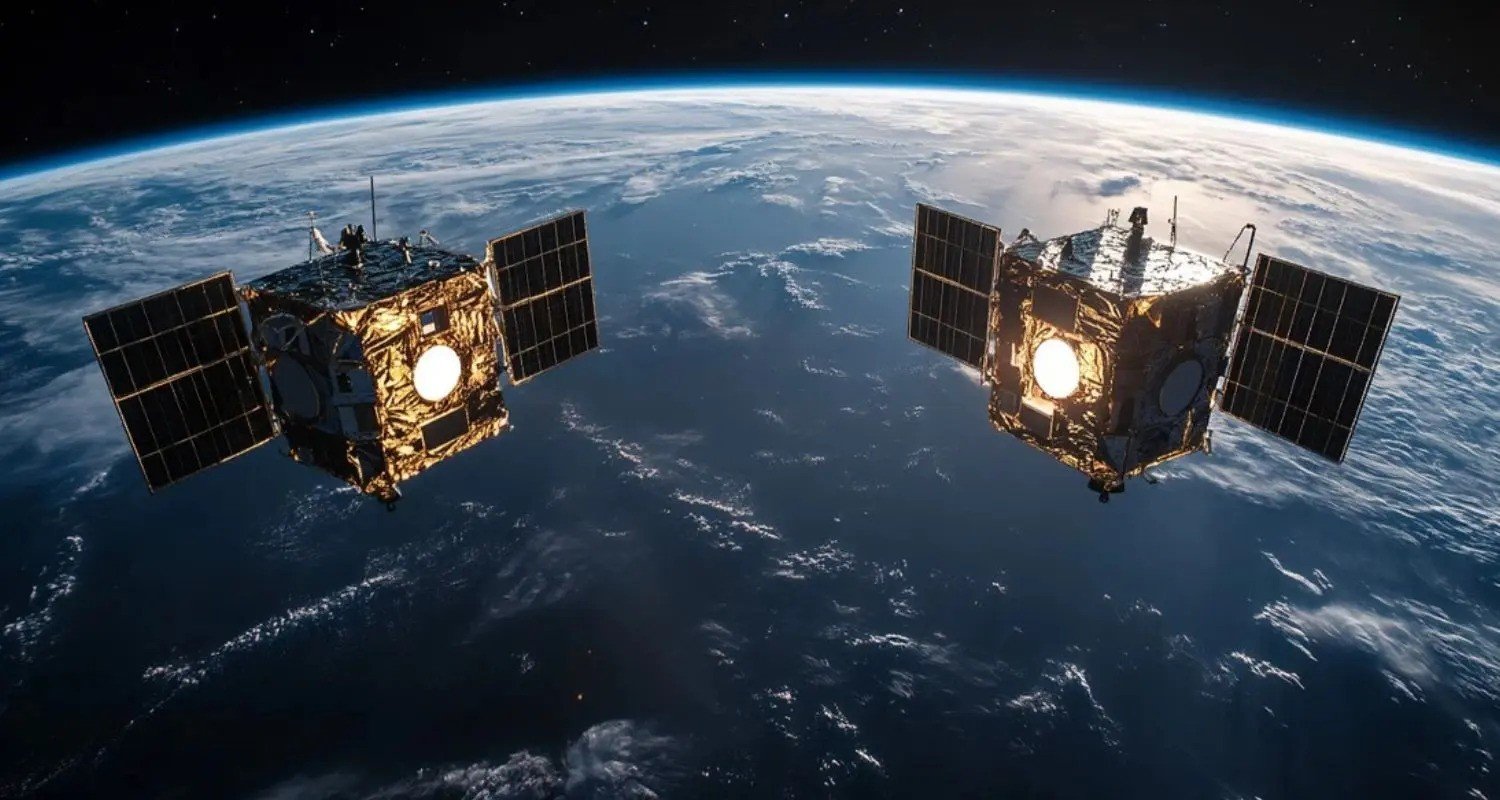
One of the payloads aboard POEM-4 is the BGS ARPIT, an amateur radio project developed by the SJC Institute of Technology, the Upagrah Amateur Radio Club (VU2URC), and AMSAT-India to support educational activities and celebrate India’s 75th year of independence. This payload can transmit images via Slow Scan Television (SSTV), audio messages, and telemetry data on 145.870 MHz, and it also functions as an APRS digipeater on 145.825 MHz. Approved for IARU frequency coordination on December 22, 2024, BGS ARPIT completed its first SSTV transmission period on January 10th, with more trial periods sure to come soon.
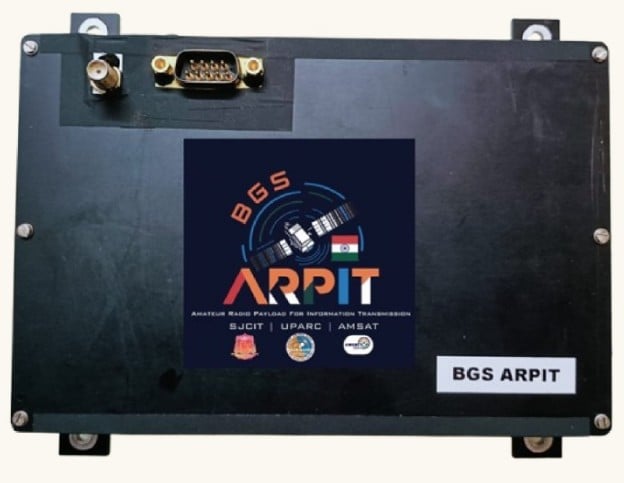
The SpaDeX mission includes payloads developed by ISRO and collaborators from universities and startups. The experiments focus on areas like satellite servicing, space debris management, and educational outreach. The mission serves as a platform to advance technologies needed for India’s space exploration goals.
[ANS thanks the Tariq Malik, Space.com, and AMSAT-India, for the above information]
Parker Solar Probe Achieves Closest-Ever Approach to the Sun
NASA’s Parker Solar Probe reached a significant milestone on December 24, 2024, by coming within 3.8 million miles of the sun’s surface—the closest a human-made object has ever traveled toward a star. The spacecraft confirmed its survival through a signal received at the Johns Hopkins Applied Physics Laboratory (APL) on December 26. This marks another step forward in the mission’s effort to study the sun and its influence on the solar system. The probe, traveling at 430,000 miles per hour (692,000 kilometers per hour), continues to push the limits of solar exploration.
The mission allows the spacecraft to gather data from regions of the sun that were previously out of reach. Nicky Fox, associate administrator for NASA’s Science Mission Directorate, said, “By studying the sun up close, we can better understand its impacts throughout our solar system, including on the technology we use daily on Earth, as well as learn about the workings of stars across the universe.” This close approach opens the door for new measurements that could refine knowledge about solar wind, coronal heating, and other fundamental processes.
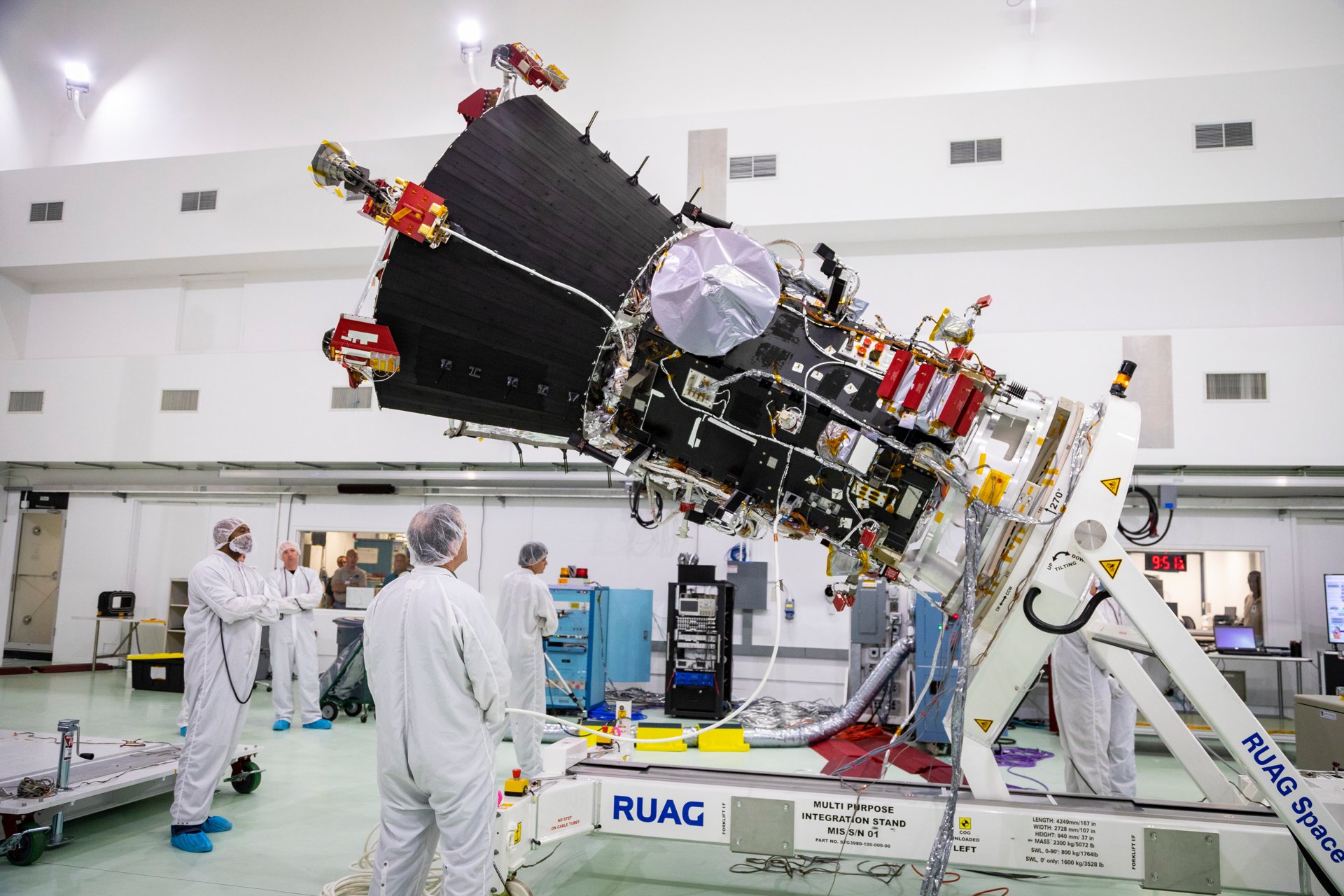
The spacecraft has already provided valuable data about solar phenomena. It has observed magnetic field structures called switchbacks, which help explain plasma heating and acceleration. Adam Szabo, mission scientist at NASA’s Goddard Space Flight Center, noted, “This close approach will give us more data to understand how the solar wind is accelerated closer in.” Measurements from within the solar corona offer new perspectives on how energy and particles move through this region.
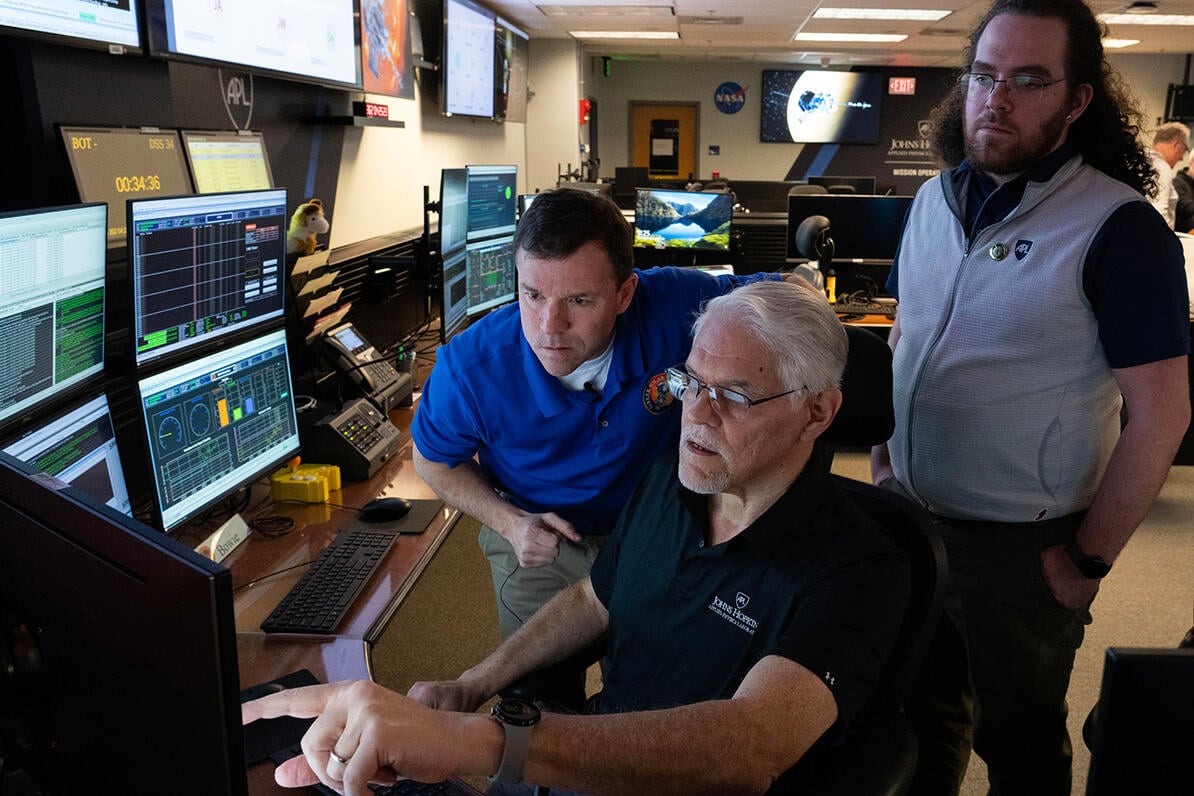
Future solar passes are scheduled for March 22 and June 19, 2025. Ralph Semmel, John Hopkins Applied Physics Laboratory Director, emphasized the team’s efforts, stating, “Their incredible technological breakthroughs enabled this amazing mission, and they have delivered critical new insights that are revolutionizing our understanding of heliophysics and space weather.” As part of NASA’s Living With a Star program, the Parker Solar Probe continues to investigate the relationship between the sun and the Earth, providing valuable knowledge for science and society.
[ANS thanks the Michael Buckley and Mara Johnson-Groh, Johns Hopkins University for the above information]
The 2025 AMSAT President’s Club Coins Have Just Arrived!
Celebrating the 40th Anniversary of Amateur Radio on Human Spaceflight
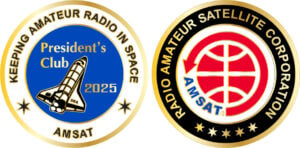
Help Support GOLF and Fox Plus.
Join the AMSAT President’s Club today!
3D-Printed Helicone Antenna Tested for L-Band Weather Satellites
Gabe Emerson, KL1FI, the creator behind the YouTube channel saveitforparts has unveiled a new video highlighting a 3D-printable helical antenna for receiving weather data from polar-orbiting L-band satellites such as NOAA and Meteor. Designed by a user named t0nito, the 1.7 GHz HRPT Helicone Antenna design is freely available on Thingiverse. Its compact size, straightforward assembly, and effective performance have the potential to make it a hit among amateur radio and satellite enthusiasts. The manual, instructions, and 3D printer files can be accessed at https://www.thingiverse.com/thing:6436342.
The video begins with the challenges encountered during the printing process. Early attempts at creating the antenna’s helical scaffold were plagued by warping issues in the support legs, resulting in several failed prints. To address this, the original 3D model was modified to include additional center supports, ensuring a stable print. Once the printing phase was complete, the assembly process involved wrapping wire around a two-inch pipe, crafting a reflector from metal window screen, and piecing everything together.
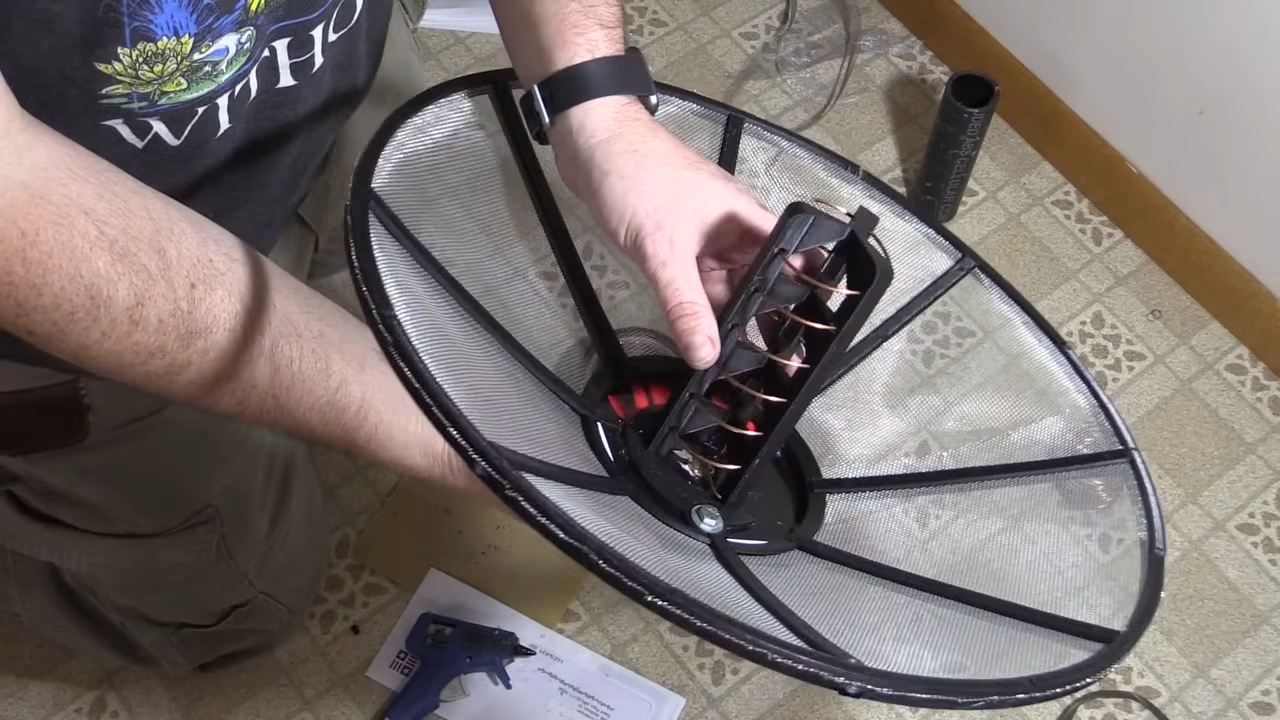
Designed with simplicity in mind, the Helicone antenna features a Right-Handed Circular Polarization (RHCP) configuration. Instead of relying on screws, the assembly process used hot glue and materials such as copper wire and sheet metal were sourced from everyday household items. These choices highlight its accessibility and affordability for hobbyists of all experience levels.
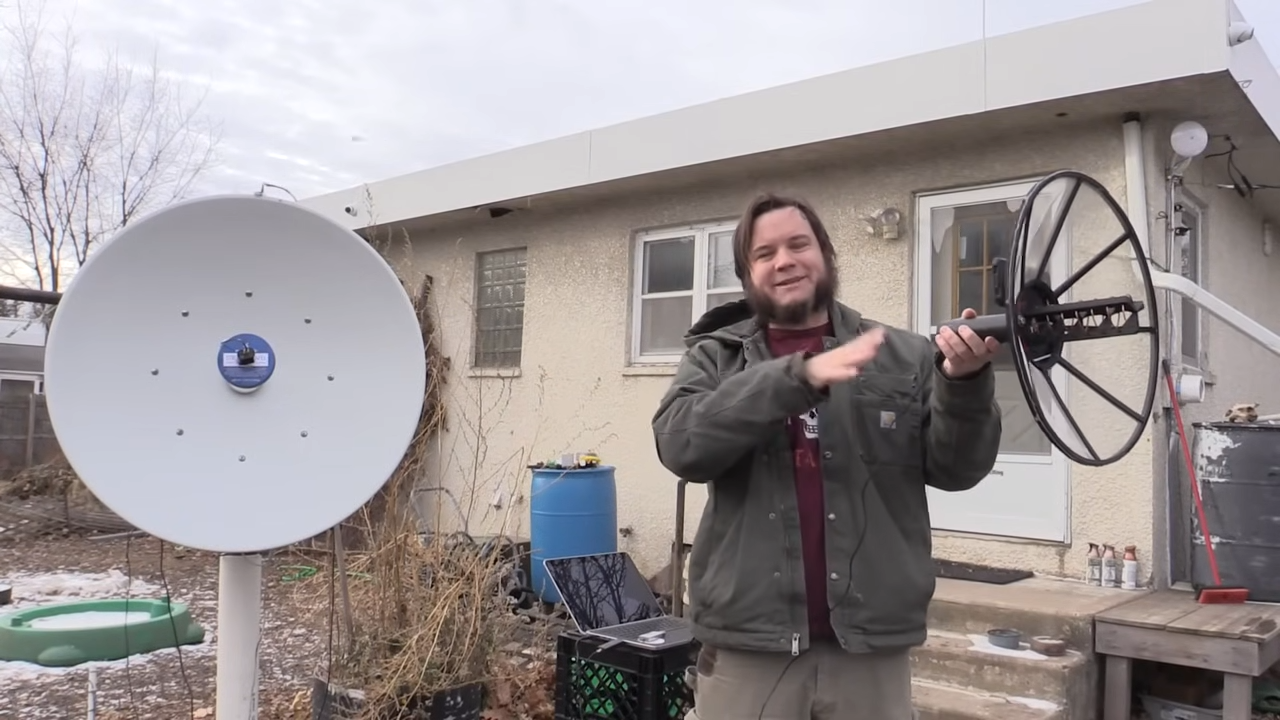
Gabe concludes with praise for the antenna’s design and a call to action for viewers to try building one themselves. Future enhancements, such as integrating the Helicone with a motorized tracking system, are already being considered. For now, this detailed guide offers an excellent starting point for satellite hobbyists eager to explore affordable and efficient ways to receive weather data from orbiting satellites. The video titled “This 3D-Printed Satellite Antenna Is Fantastic!” can be found on the saveitforparts YouTube channel at https://youtu.be/PFQ6UKulxSo.
[ANS thanks Gabe Emerson, KL1FI, and RTL-SDR.com, for the above information]
Cold War Mystery: Why Did Jimmy Carter Save the Space Shuttle?
The Space Shuttle program, an enduring symbol of American ingenuity, came perilously close to cancellation in the late 1970s. With the recent passing of Jimmy Carter at age 100, a fascinating story has resurfaced: how the 39th president, despite his well-known skepticism toward manned spaceflight, played a critical role in rescuing the program. This surprising twist in Cold War history highlights Carter’s pragmatism and the complex interplay between space exploration and geopolitics during his presidency.
This story first emerged during an interview with Chris Kraft, the former NASA Johnson Space Center director and a key architect of the Apollo program. Kraft recounted a critical 1978 meeting at NASA’s Houston headquarters, where dire financial constraints threatened the shuttle’s future. By then, the program was years behind schedule and hundreds of millions over budget. Faced with insufficient funding, NASA leaders considered two bleak options: securing a massive funding boost or relegating the shuttle to a mere research vehicle, incapable of fulfilling its ambitious mission to deliver payloads into orbit.
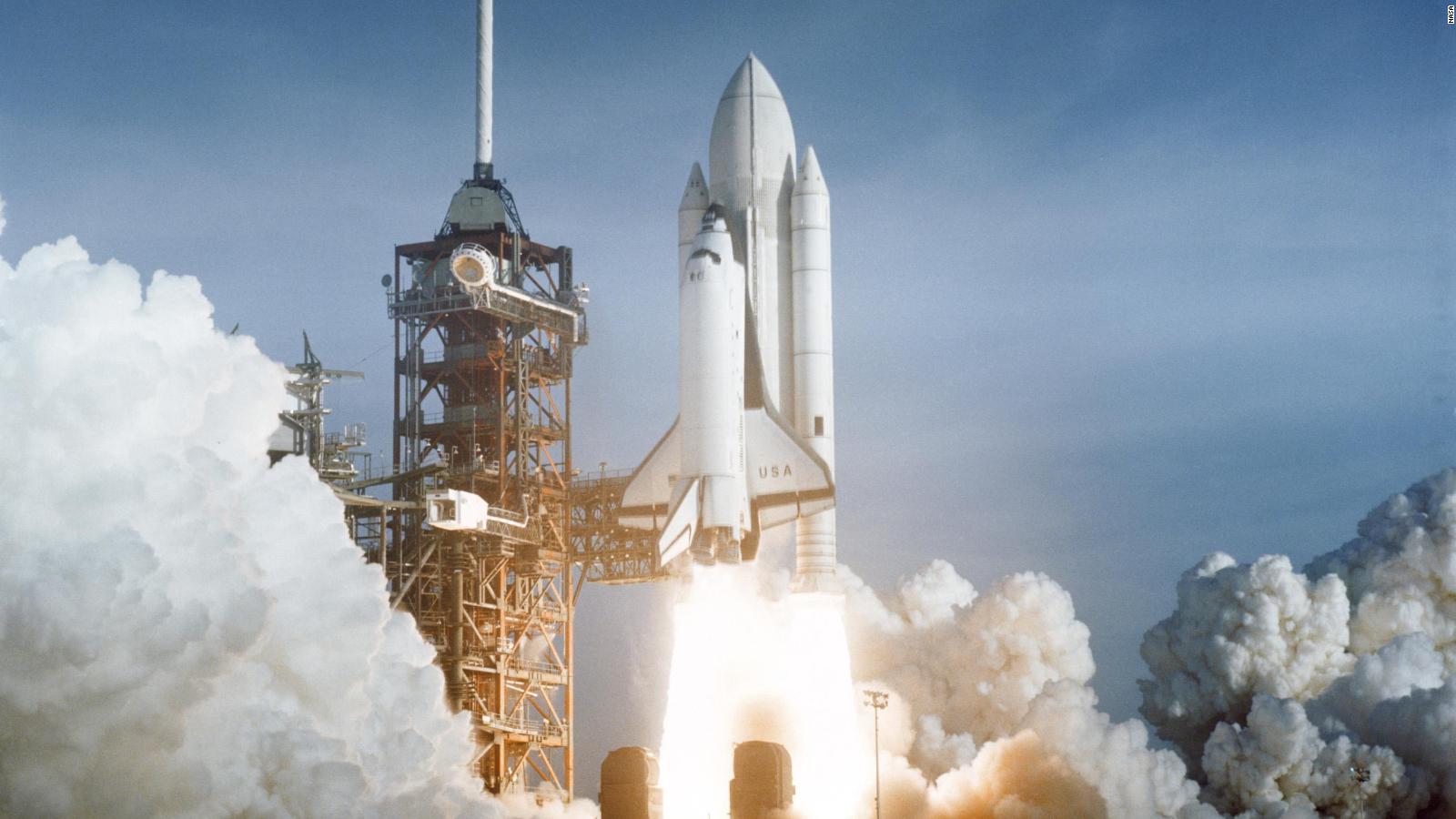
Carter’s support for the shuttle is striking given his prior skepticism about its purpose. Early in his presidency, Carter dismissed the shuttle as a “contrivance to keep NASA alive.” His vice president, Walter Mondale, had also labeled the program a “senseless extravaganza.” Yet, by the late 1970s, escalating Cold War tensions reframed the shuttle’s significance. A key memo from the National Security Council emphasized the shuttle’s strategic value, arguing that canceling the program would undermine national pride and technological leadership.
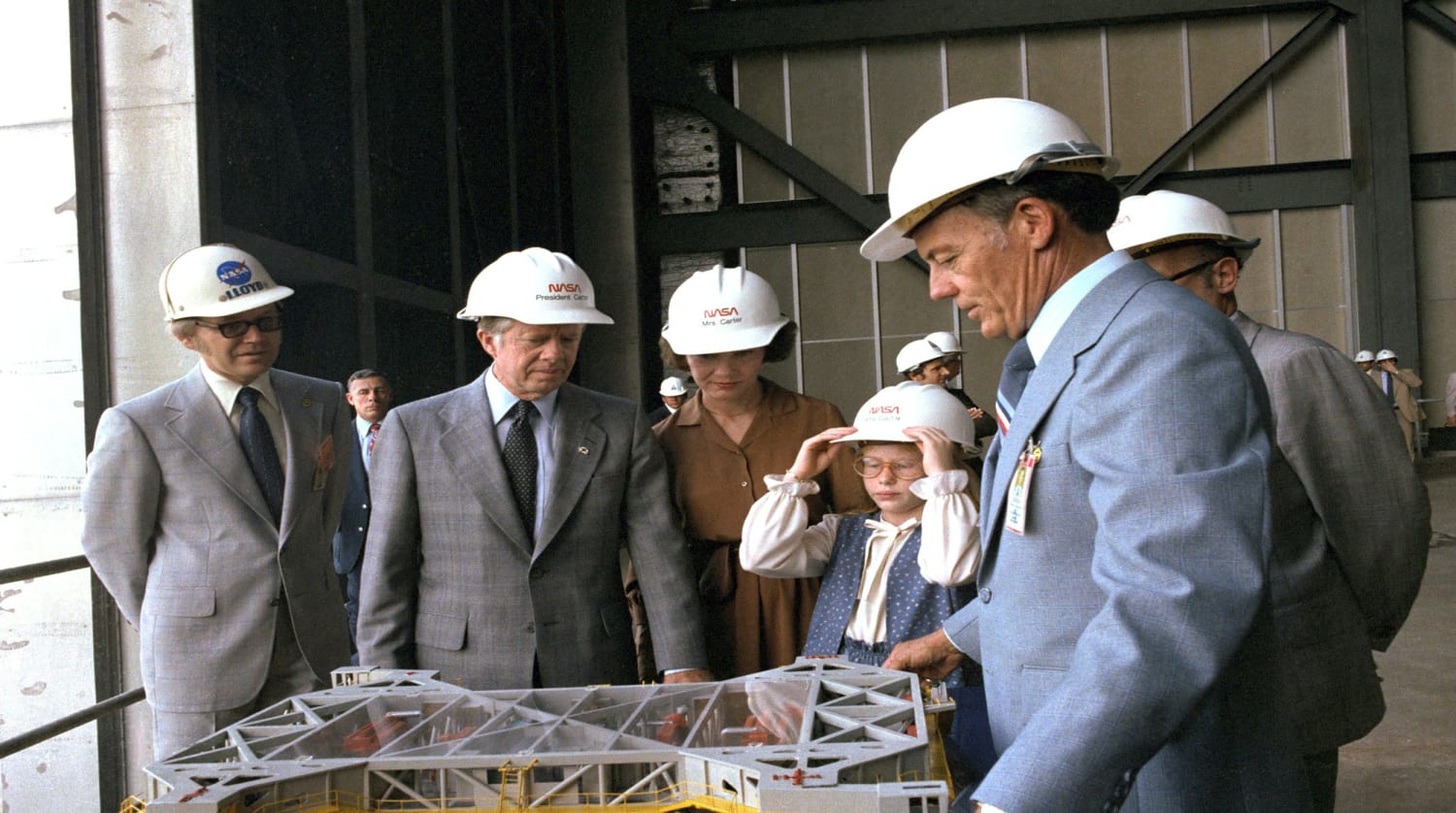
In later reflections, Carter acknowledged his lack of enthusiasm for human space exploration but defended his decision to fund the shuttle. “I didn’t want to waste the money already invested,” he explained, noting that he discussed the shuttle’s peaceful intentions with Brezhnev during SALT II negotiations. While Carter’s motivations may have been rooted in pragmatism and diplomacy, his actions ensured the shuttle’s place in history. Despite his mixed legacy on space policy, Carter’s pivotal role in salvaging the shuttle underscores his capacity to recognize the broader implications of technological leadership during a turbulent era.
[ANS thanks Eric Berger, Ars Technica, for the above information]
Need new satellite antennas?
Purchase an M2 LEO-Pack from the AMSAT Store! When you purchase through AMSAT, a portion of the proceeds goes towards
When you purchase through AMSAT, a portion of the proceeds goes towards
Keeping Amateur Radio in Space.
https://amsat.org/product-category/hardware/
Changes to AMSAT-NA TLE Distribution for January 10, 2024
Two Line Elements or TLEs, often referred to as Keplerian elements or keps in the amateur community, are the inputs to the SGP4 standard mathematical model of spacecraft orbits used by most amateur tracking programs. Weekly updates are completely adequate for most amateur satellites. TLE bulletin files are updated daily in the first hour of the UTC day. New bulletin files will be posted immediately after reliable elements become available for new amateur satellites. More information may be found at https://www.amsat.org/keplerian-elements-resources/.
NOTICE: In an effort to minimize confusion between sources of two line element sets, AMSAT is adopting the convention of listing the USSF/NORAD Satellite Catalog name first, followed by any secondary name or names in parentheses. For example this week “POEM 4 (BGS ARPIT)” was added where “POEM 4” is the name that appears in the USSF Satellite Catalog, and “BGS ARPIT” is the name best known within the amateur satellite community. Expect name changes for affected satellites in the coming weeks as this change is fully implemented.
The following satellite has been added to this week’s AMSAT TLE distribution:
POEM 4 (BGS ARPIT) NORAD Cat ID 46495
The following satellites have been removed from this week’s AMSAT TLE distribution:
PRISM (HITOMI) NORAD Cat ID 33493 Likely defunct
YUBELEINY 2 (RS-40) NORAD Cat ID 33735 Likely defunct
CHUBUSAT-2 NORAD Cat ID 41338 Likely defunct
CHUBUSAT-3 NORAD Cat ID 41339 Likely defunct
PRATHAM NORAD Cat ID 41783 Likely defunct
D-SAT NORAD Cat ID 42794 Likely defunct
RANGE-B NORAD Cat ID 43772 Likely defunct
CySat-1 NORAD Cat ID 61501 Decayed from orbit on or about 09 January 2025
MRC-100 NORAD Cat ID 56993 Decayed from orbit on or about 05 January 2025
[ANS thanks AMSAT Orbital Elements page for the above information]
ARISS NEWS
Amateurs and others around the world may listen in on contacts between amateurs operating in schools and allowing students to interact with astronauts and cosmonauts aboard the International Space Station. The downlink frequency on which to listen is 145.800 MHz worldwide.
+ Upcoming Contacts
Federal Telecommunications Institute (IFT) and Vermont School, Mexico City, Mexico, telebridge via IK1SLD
The ISS callsign is presently scheduled to be OR4ISS
The scheduled crewmember is Nick Hague KG5TMV
The ARISS mentor is VE3TBD
Contact is go for: Fri 2025-01-17 17:00:18 UTC
The crossband repeater continues to be active (145.990 MHz up {PL 67} & 437.800 MHz down). If any crewmember is so inclined, all they have to do is pick up the microphone, raise the volume up, and talk on the crossband repeater. So give a listen, you just never know.
The packet system is also active (145.825 MHz up & down).
As always, if there is an EVA, a docking, or an undocking; the ARISS radios are turned off as part of the safety protocol.
Note, all times are approximate. It is recommended that you do your own orbital prediction or start listening about 10 minutes before the listed time.
The latest information on the operation mode can be found at https://www.ariss.org/current-status-of-iss-stations.html
The latest list of frequencies in use can be found at https://www.ariss.org/contact-the-iss.html
[ANS thanks Charlie Sufana, AJ9N, one of the ARISS operation team mentors for the above information]
Upcoming Satellite Operations
8R, GUYANA:
Watch out for Aldir, PY1SAD, signing 8R1TM from Georgetown between
Jan. 1 and Feb. 8. QRV on 160-10m (CW, SSB, digital modes) and via
satellites. QSL direct via Home Call, LoTW, eQSL, qrz.com.
NA-057; HR, BAHIA ISLANDS: Alex, K6VHF, returns to Roatan Isl. and
operates as K6VHF/HR9 between the 5th and 12th. QRV on 160-6m and
via RS-44 satellite. QSL via K6VHF (d/B), ClubLog OQRS,
LoTW, eQSL.
A growing number of satellite rovers are currently engaged in sharing their grid square activations on https://hams.at. By visiting the website, you gain easy access to comprehensive information about the operators responsible for activating specific grid squares. Additionally, you have the ability to assess the match score between yourself and a particular rover for a given pass, while also being able to identify the upcoming satellite passes that are accessible from your location.
[ANS thanks Ian Parsons, K5ZM, AMSAT rover page manager, for the above information]
AMSAT Ambassador Activities
AMSAT Ambassadors provide presentations, demonstrate communicating through amateur satellites, and host information tables at club meetings, hamfests, conventions, maker faires, and other events.
AMSAT Ambassador Clint Bradford, K6LCS, says,
“Think a 75-minute presentation on “working the easy satellites” would be appropriate for your club or event? Let me know by emailing me at k6lcsclint (at) gmail (dot) com or calling me at 909-999-SATS (7287)!”
Clint has NEVER given the exact same show twice: EACH of the 150+ presentations so far has been customized/tailored to their audiences.
Cowtown Hamfest / 2025 ARRL North Texas Section Convention – January 17th thru 18th, 2025
Forest Hill Civic and Convention Center
6901 Wichita Street
Forest Hill, TX (Fort Worth)
https://www.cowtownhamfest.com/
N5HYP
Gwinnett Amateur Radio Society TechFest – February 1st, 2025
Gwinnett County Fairgrounds
Expo Center Building
2405 Sugarloaf Parkway
Lawrenceville, GA 30045
http://www.techfest.info/
K4RGK
HamCation 2025 / ARRL Southeastern Division Convention – February 7th thru February 9th, 2025
Central Florida Fairgrounds and Expo Park
4603 West Colonial Drive
Orlando, FL 32808
https://www.hamcation.com/
KE4AL
Yuma HAMCON and Southwestern Division Convention – February 20th thru 22nd, 2025
Yuma County Fairgrounds
2520 East 32nd Street
Yuma, AZ 85365
https://www.yumahamfest.com/
N1UW
[ANS thanks Bo Lowrey, W4FCL, Director – AMSAT Ambassador Program, for the above information]
Want to fly the colors on your own grid expedition?
Get an AMSAT car flag and other neat stuff from our Zazzle store!
25% of the purchase price of each product goes towards Keeping Amateur Radio in Space
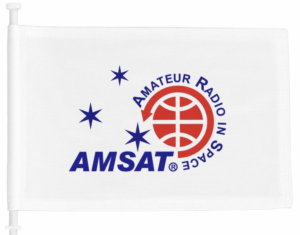 Keeping Amateur Radio in Space
Keeping Amateur Radio in Space
https://www.zazzle.com/amsat_gear
Satellite Shorts From All Over
+ Eutelsat’s OneWeb internet constellation experienced a 48-hour outage starting on December 31, 2024, due to a software glitch likely caused by failing to account for the leap year. The issue disrupted internet services but was resolved once the root cause, a ground segment software problem, was identified and addressed. Eutelsat operates over 630 satellites and has been building the OneWeb constellation since 2020 to provide global high-speed internet, targeting business clients rather than direct consumers. The company faced challenges in launching its satellites due to strained relations with Roscosmos following the Russian invasion of Ukraine, forcing it to rely on SpaceX and India for launches. Despite completing its constellation in 2023, regulatory delays in countries like India and Turkey have prevented global broadband coverage, leaving services available only in limited regions. Eutelsat is now planning to update its constellation with 100 new satellites by Airbus, aiming for improved reliability and full global service rollout by spring 2025. (ANS thanks Gizmodo for the above information)
+ Florida’s Space Coast set a record with 93 launches in 2024, surpassing the previous year’s 74, thanks to innovations from Space Launch Delta 45 and private sector collaboration. Brig. Gen. Kristin Panzenhagen credited advancements like automation, modernized infrastructure, and streamlined processes for the milestone. SpaceX dominated with 88 launches from Florida and completed 134 missions globally, including government, commercial, and test flights. The Space Force introduced initiatives like the “One Falcon” program to support SpaceX’s rapid launch cadence, unifying personnel across ranges to enhance efficiency. Although only four launches directly supported national security, innovations in commercial space strengthen resilience and responsiveness for military missions, exemplified by the Rapid Response Trailblazer mission. With Blue Origin’s New Glenn and ULA’s Vulcan Centaur preparing for national security roles, competition is poised to grow, diversifying capabilities and bolstering launch options. (ANS thanks SpaceNews for the above information)
+ SpaceX’s next-generation Starship, Version 2 or Block 2, is set to launch on its seventh test flight from Starbase, Texas, as early as Monday, January 13, 2025, with the launch window opening at 5:00 p.m. EST (4:00 p.m. CST; 2200 UTC). This iteration, taller and more advanced than its predecessors, introduces numerous upgrades, including smaller, repositioned flaps for better heat protection, an enhanced propulsion system, and improved avionics for extended missions. For the first time, SpaceX will test Starship’s payload deployment mechanism, releasing mock Starlink satellites on a suborbital trajectory and conducting reentry experiments to refine the vehicle’s heat shield and reuse capabilities. The Super Heavy booster, equipped with additional protections and sensor enhancements, aims to achieve another tower catch, a feat last accomplished in October. The mission also marks progress toward full reusability, with one of the booster’s engines recovered and reused from a previous flight. These advancements, combined with a focus on orbital refueling and vehicle endurance, lay the groundwork for Starship’s future goals, including lunar landings under NASA’s Artemis program and beyond. (ANS thanks Ars Technica for the above information)
+ Firefly Aerospace’s Blue Ghost Mission 1, named “Ghost Riders in the Sky,” is set to launch in mid-January aboard a SpaceX Falcon 9 rocket, marking the company’s first lunar mission. The lander, recently integrated at NASA’s Kennedy Space Center, will carry 10 NASA payloads and technology demonstrations as part of NASA’s Commercial Lunar Payload Services (CLPS) program. These payloads will test conditions between Earth and the moon, investigate lunar geology, and demonstrate innovative technologies like radiation-resistant hardware and lunar GPS. The 60-day mission includes 25 days in Earth orbit, a four-day translunar injection, 16 days in lunar orbit, and two weeks of operations on the moon’s surface. During its time on the moon, Blue Ghost will collect critical data and images, including capturing a solar eclipse and documenting the phenomenon of lunar dust levitation, last observed during Apollo 17. The mission will provide valuable insights to support NASA’s goal of a sustainable human presence on the moon through Artemis while also showcasing the technical capabilities of private industry. Firefly CEO Jason Kim emphasized the mission as a tribute to Apollo’s legacy and a pivotal step forward in advancing lunar exploration. (ANS thanks Space.com for the above information)
Join AMSAT today at https://launch.amsat.org/
In addition to regular membership, AMSAT offers membership to:
* Societies (a recognized group, clubs or organization).
* Primary and secondary school students are eligible for membership at one-half the standard yearly rate.
* Post-secondary school students enrolled in at least half-time status shall be eligible for the student rate for a maximum of 6 post-secondary years in this status.
* Memberships are available for annual and lifetime terms.
Contact info [at] amsat.org for additional membership information.
73 and remember to help Keep Amateur Radio in Space!
This week’s ANS Editor, Mitch Ahrenstorff, ADØHJ
mahrenstorff [at] amsat.org

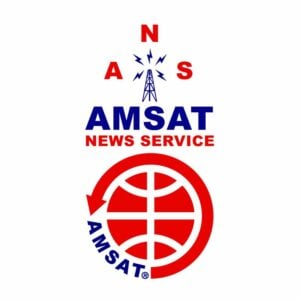
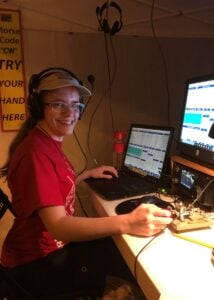
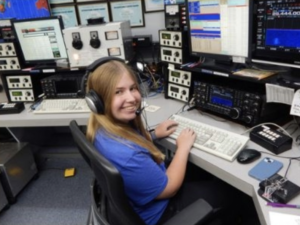
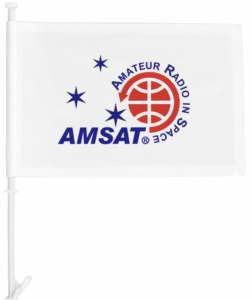
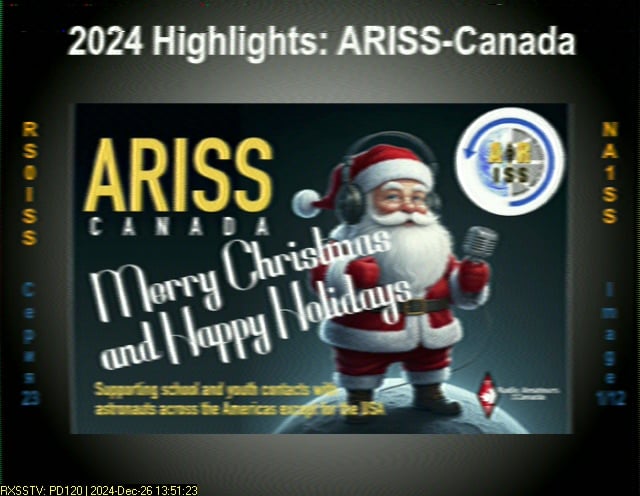
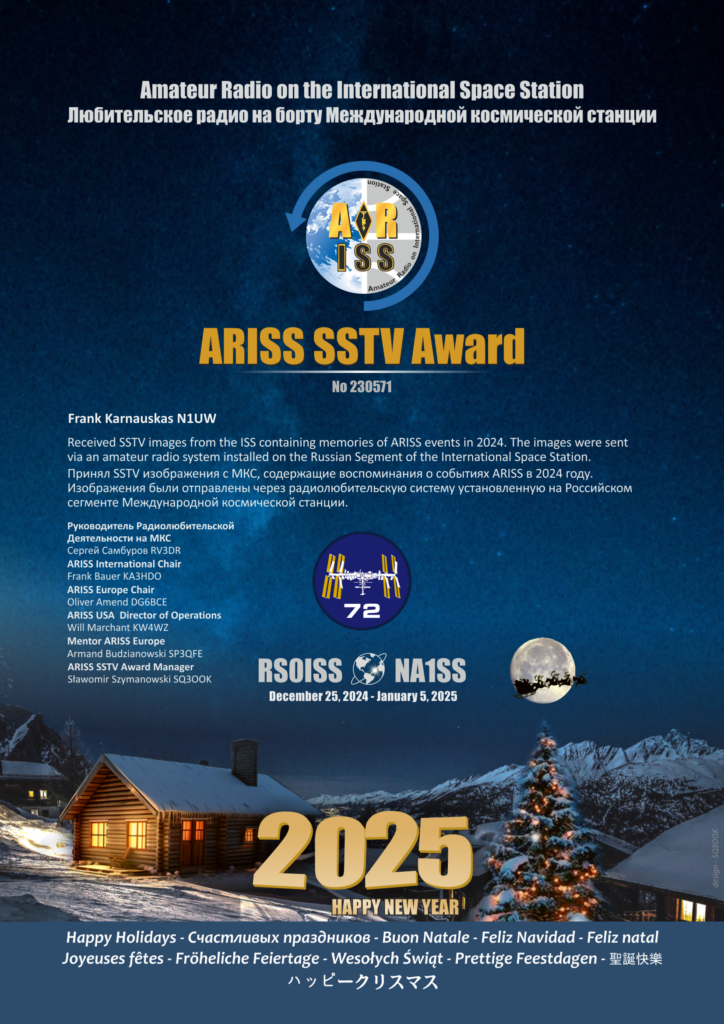
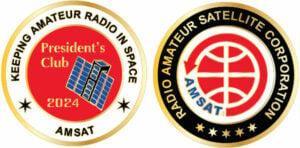
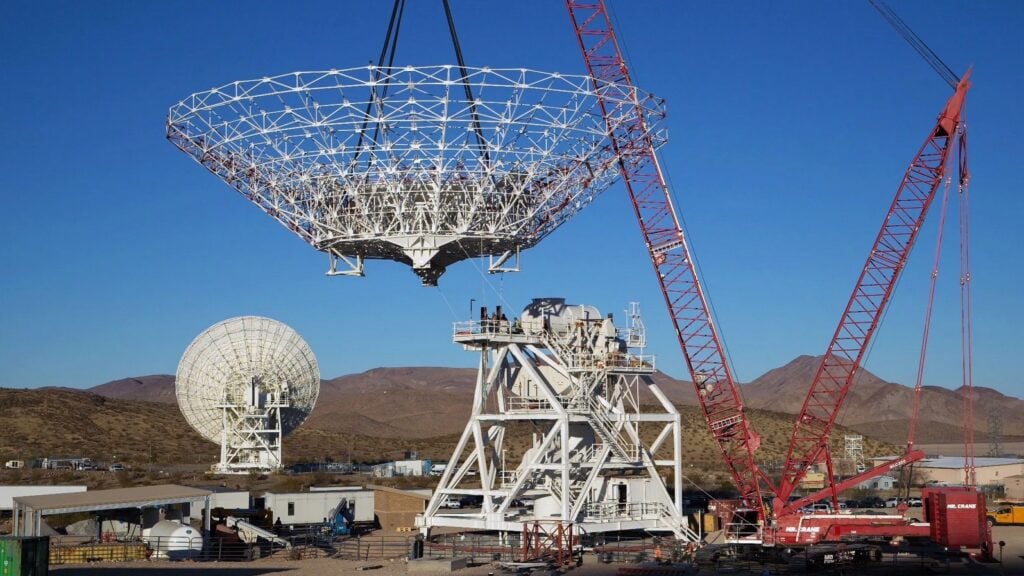

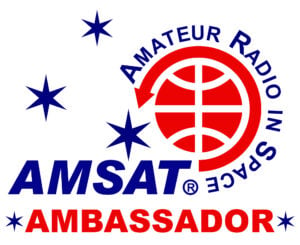
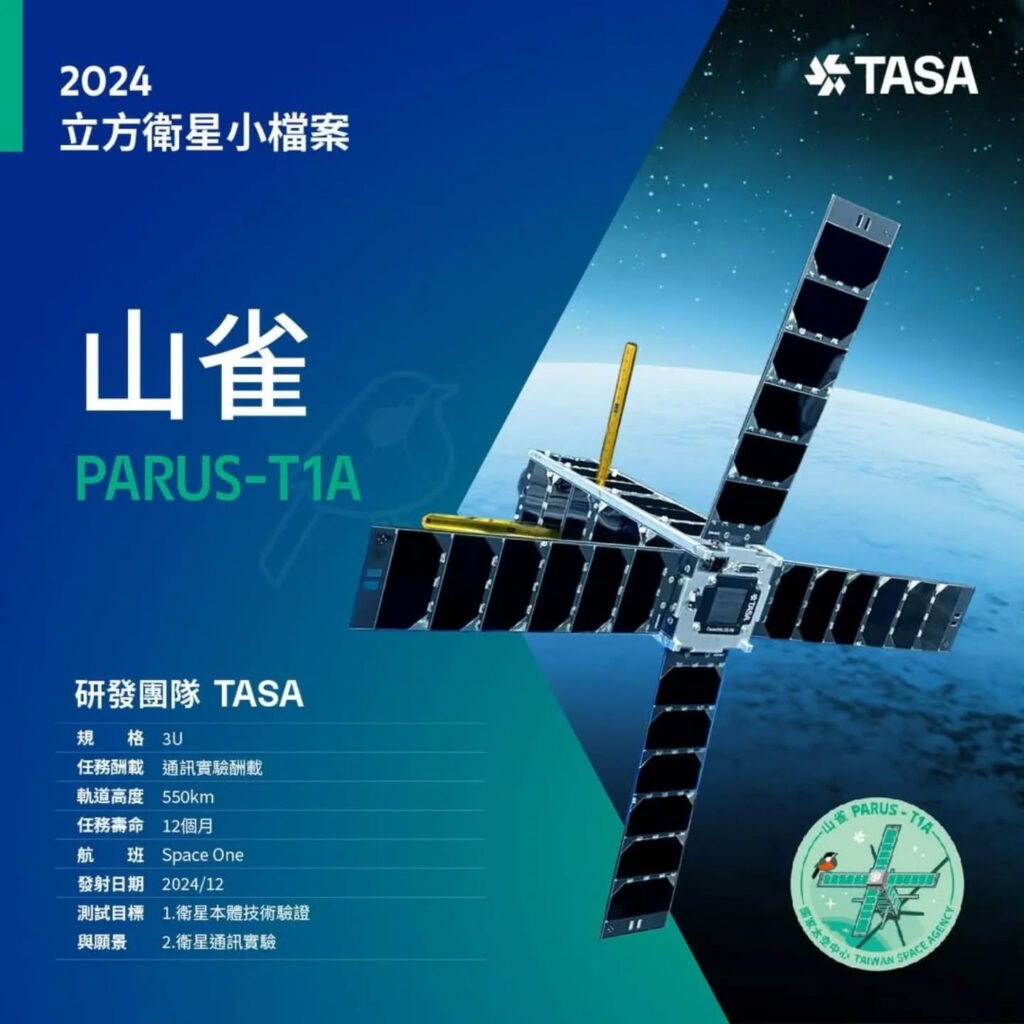
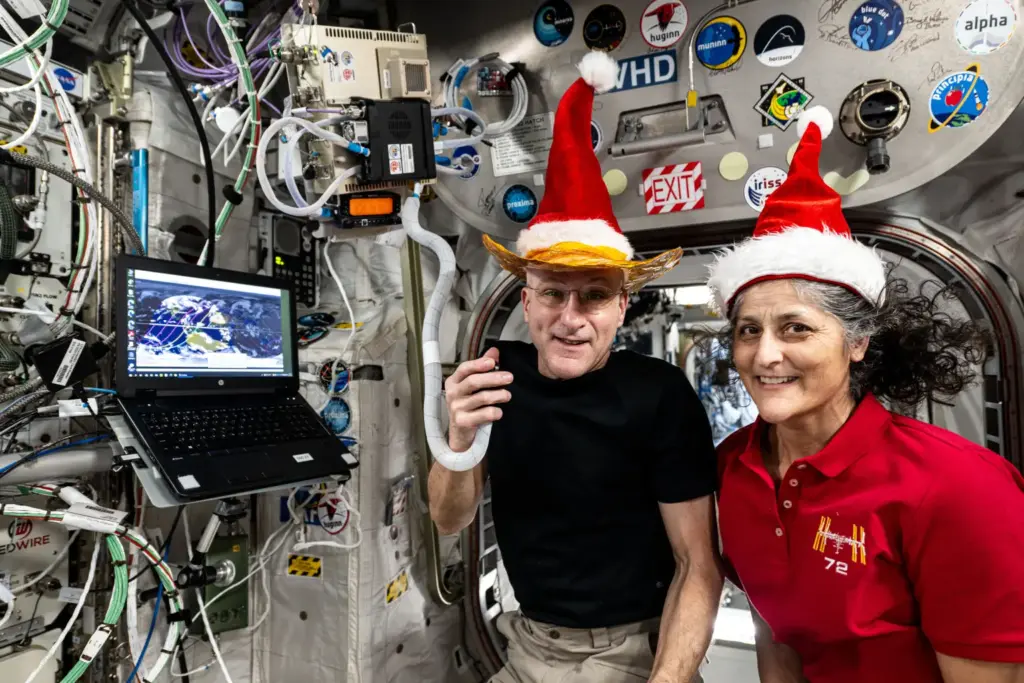 NASA shared a holiday snapshot of astronauts Don Pettit and Suni Williams on Dec. 17. [Credit: NASA Johnson]
NASA shared a holiday snapshot of astronauts Don Pettit and Suni Williams on Dec. 17. [Credit: NASA Johnson]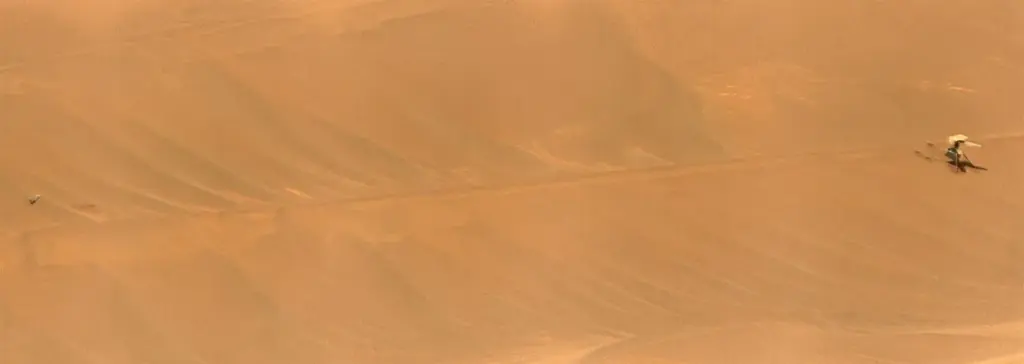 The wreckage of the Inguity Mars Helicopter as seen by the Mars Rover Perseverance. The helicopter is on the right and the broken rotor is approximately 49 feet away on the left. [Photo: NASA/JPL-Caltech/LANL/CNES/CNRS]
The wreckage of the Inguity Mars Helicopter as seen by the Mars Rover Perseverance. The helicopter is on the right and the broken rotor is approximately 49 feet away on the left. [Photo: NASA/JPL-Caltech/LANL/CNES/CNRS]